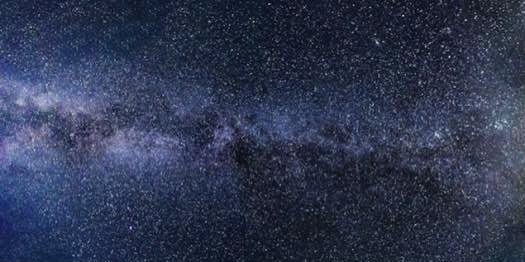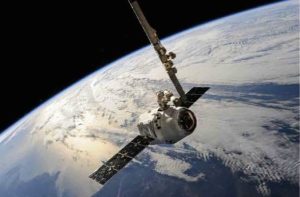
Have you ever looked up at the night sky and wondered where Earth’s atmosphere ends? It turns out, our planet’s protective bubble might be much bigger than we previously thought!
A new study challenges our understanding of Earth’s boundaries, suggesting we haven’t actually left our atmosphere during space travel.
Scientists have known for decades about the geocorona, a faint outer layer of Earth’s atmosphere composed mainly of hydrogen atoms. This layer extends far beyond the denser air we breathe. The surprising finding from this new research is just how far it reaches – a whopping 391,000 miles from Earth’s surface, which is twice the distance to the moon!
What This Means for Space Travelers
This new information might make you question if astronauts have ever truly ventured into space. While technically, the geocorona is still considered a near-vacuum due to the sparse hydrogen molecules, it does redefine the edge of our planet. The current definition used by NASA places the boundary at 50 miles above Earth, while another international standard sets it at 100 kilometers.
Benefits of This Discovery
This research offers exciting possibilities for future space exploration. By understanding the geocorona better, scientists can improve observations of the universe. Powerful telescopes will need to account for this outer layer’s influence when capturing images of distant objects. Additionally, the presence of a geocorona around other planets might someday be used to identify potential abodes for life beyond Earth.
Unearthing Hidden Gems in Old Data
The data used in this study came from a spacecraft called SOHO, launched in the late 1990s. The instrument onboard, SWAN, was originally designed to monitor the solar wind, but the researchers revisited this data and found valuable insights about the geocorona hidden within.
Looking Ahead: The Search for Life Continues
This discovery highlights the importance of revisiting existing data and the ongoing quest to understand our own planet better. As we continue to explore the cosmos, searching for exoplanets with potential for life, the presence of a geocorona might become a key indicator in identifying these distant worlds. The future holds promise for even more powerful tools to not only detect hydrogen around habitable planets, but perhaps even signs of life itself.

